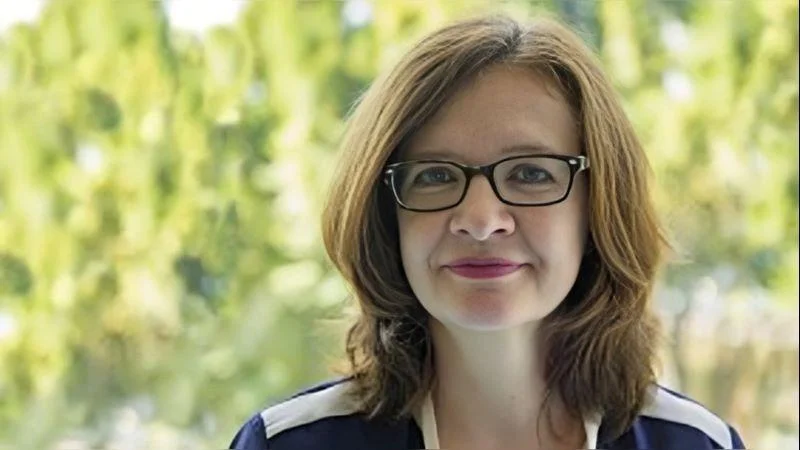Prime Minister Narendra Modi has inaugurated the Yellow Line of Bangalore’s urban metro system, marking the partial opening of phase 2 in a major expansion project that includes significant German participation. The new line covers 19 kilometers and features 16 stations, forming part of ongoing efforts to improve public transport in India’s rapidly growing cities.
Bangalore, now home to over 14 million people—a rise of more than 40 percent since 2015—has faced severe congestion as its population has surged. Commuters often spend hours in traffic jams, contributing to worsening air quality and health problems for residents.
The metro expansion is intended to address these challenges by providing an alternative to road travel. German and European railway companies have contributed components and expertise to the project. Financing for this phase comes from a EUR 340 million promotional loan provided by KfW Development Bank on behalf of the German Federal Ministry for Economic Cooperation and Development (BMZ). Other international donors involved include Agence Française de Développement (AFD), European Investment Bank (EIB), Asian Infrastructure Investment Bank (AIIB), and Japan International Cooperation Agency (JICA). The project is being implemented in cooperation with Bangalore Metro Rail Corporation Limited (BMRCL).
“German and European companies in the railway industry also play an important role, contributing high-quality components and products. With their expertise and innovative strength, they are helping to make the megacity efficient and sustainable in terms of mobility, while also meeting global challenges such as climate change.”
When fully completed next year, phase 2 will extend Bangalore’s metro network by a total of 75 kilometers with 61 new stations located throughout key areas of the city. The expanded network will connect central districts with residential neighborhoods, business hubs—including those related to information technology—and underserved areas. Improved links between metro lines, buses, rickshaws, and commuter trains are expected to further ease mobility within Bangalore.
According to initial estimates, daily ridership on phase 2 sections could reach over 1.3 million passengers. This shift is projected to help reduce carbon dioxide emissions by up to 1.4 million tonnes annually while lowering pollution levels from nitrogen oxides and particulate matter—pollutants that currently exceed World Health Organization limits across much of Bangalore.
“This is a major benefit for the health and quality of life of the people of Bangalore, where the modern transport link is gratefully accepted.”

